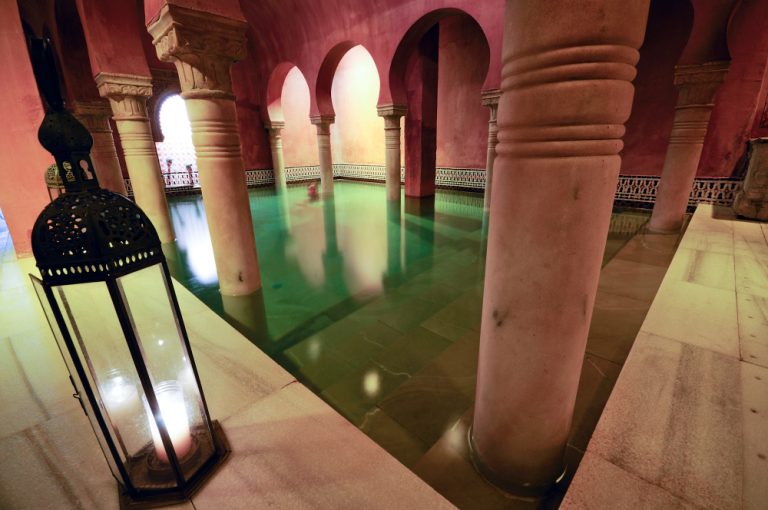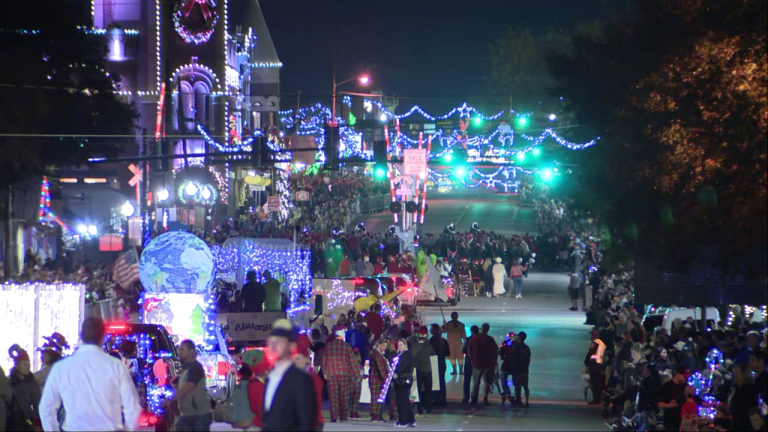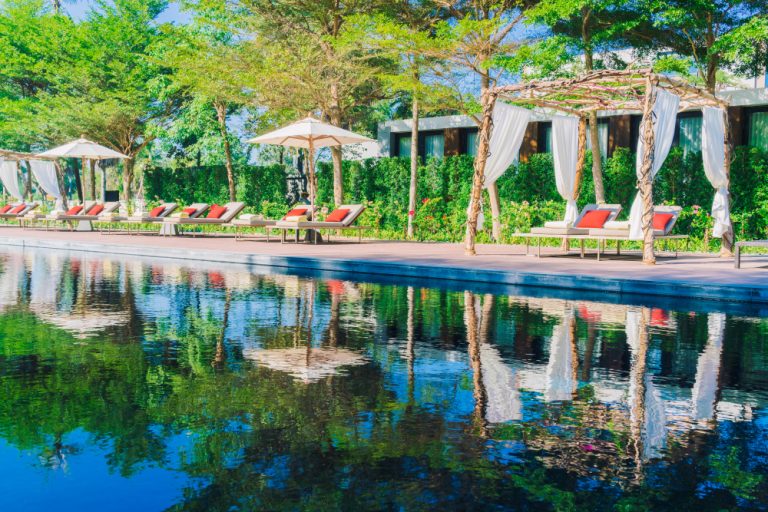Fatehpur Sikri, Fatehpur Sikri India located just outside Agra in the northern Indian state of Uttar Pradesh, is one of the most fascinating historical destinations in India. Known for its rich Mughal architecture and historical significance, Fatehpur Sikri was once the capital of the Mughal Empire under Emperor Akbar in the 16th century. Today, it is a UNESCO World Heritage Site and a must-visit for history buffs, architecture enthusiasts, and travelers alike. The town is home to a number of monuments that reflect the grandeur of Mughal culture and architecture.In this article, we’ll take you through 10 must-see monuments in Fatehpur Sikri that you simply can’t miss.
1. Buland Darwaza: The Magnificent Victory Gate
Fatehpur Sikri India The Buland Darwaza, or “Gate of Magnificence,” is one of the most iconic landmarks in Fatehpur Sikri. This imposing gate was built in 1601 by Emperor Akbar to commemorate his victory over Gujarat. Standing at 40 meters high, it is one of the tallest gateways in the world and is made of red sandstone. The gate is beautifully adorned with intricate carvings, inscriptions, and a blend of Persian and Mughal architectural styles. Visitors are often amazed by its sheer size and grandeur as they approach this architectural marvel.
2. Jama Masjid: The Majestic Mosque
The Jama Masjid of Fatehpur Sikri is a stunning example of Mughal religious architecture. Fatehpur Sikri India Constructed between 1571 and 1574, this mosque is one of the largest and most beautiful in India. The mosque is built with red sandstone, and its central dome is flanked by smaller domes and minarets. The mosque is also home to the tomb of the famous Sufi saint, Salim Chishti. The Jama Masjid’s grand structure and peaceful ambiance make it a must-visit for anyone coming to Fatehpur Sikri.
3. Tomb of Salim Chishti: A Spiritual Landmark
The Tomb of Salim Chishti is one of the most revered monuments in Fatehpur Sikri. This white marble tomb, Fatehpur Sikri India located within the Jama Masjid complex, is dedicated to the Sufi saint Salim Chishti, who is said to have blessed Emperor Akbar with the birth of his son, Prince Salim (later Emperor Jahangir). The tomb is a beautiful blend of Mughal and Persian styles and is intricately decorated with lattice work and marble carvings. Pilgrims and tourists alike visit this tomb to seek blessings for fertility and childbearing, as it is believed that Salim Chishti’s blessings continue to hold immense power.
4. Diwan-i-Aam: The Hall of Public Audiences
Fatehpur Sikri India The Diwan-i-Aam, or Hall of Public Audiences, was the place where Emperor Akbar held court and listened to petitions from his subjects. This large, open courtyard is surrounded by a series of pillars, and the central platform where the emperor would sit is still visible. The monument’s simplistic design is a stark contrast to other, more lavish structures in Fatehpur Sikri. It provides an insight into the social and administrative practices of the Mughal Empire and is a must-see for anyone interested in the history of India’s governance.
5. Diwan-i-Khas: The Hall of Private Audiences
Fatehpur Sikri India The Diwan-i-Khas, or Hall of Private Audiences, is another grand structure within Fatehpur Sikri. Unlike the Diwan-i-Aam, which was open to the public, this hall was where the emperor held private meetings with his ministers and important guests. The Hall of Private Audiences is best known for its stunning central pillar, a single piece of marble that supports the entire structure. The intricate carvings and the architecture of the hall are a testament to the sophistication of Mughal architecture. Visitors are often awestruck by the beauty and uniqueness of this space.
6. Panch Mahal: The Five-Story Palace
Fatehpur Sikri India The Panch Mahal is one of the most striking structures in Fatehpur Sikri. This five-story palace is known for its elegant design, with each floor having a series of columns that support the roof. The Panch Mahal was likely used by the royal women and was a place where they could enjoy the cool breeze and stunning views of the surrounding area. The design of the palace is inspired by Persian architecture, and its open layout allows for a glimpse into the luxurious lifestyle of the Mughal rulers.
7. Jodha Bai’s Palace: The Elegant Queen’s Residence
Jodha Bai’s Palace is another significant monument in Fatehpur Sikri, known for its historical and architectural significance. This was the residence of Jodha Bai, Akbar’s Hindu wife. Fatehpur Sikri India The palace features a beautiful blend of Hindu and Mughal architectural styles, with ornate carvings and intricate details. The palace’s design is symmetrical, and its high walls offer a sense of privacy and seclusion. The Jodha Bai Palace is a symbol of the peaceful coexistence of different cultures and religions during Akbar’s reign.
8. Ibadat Khana: The House of Worship and Debate
Fatehpur Sikri India The Ibadat Khana, also known as the House of Worship, was the site of Akbar’s religious debates and discussions with scholars from different religions. Built in 1575, the structure features an octagonal shape with open courtyards and intricate stonework. Akbar was deeply interested in different religious philosophies, and the Ibadat Khana was a place where he encouraged open dialogue between people of different faiths. This monument is a testament to Akbar’s policy of religious tolerance and is an important historical site in Fatehpur Sikri.
9. Sikri Fort: The Fortification of the City
The Sikri Fort is the main fortification around the Fatehpur Sikri complex and served as the royal residence during Akbar’s time. Though not as imposing as some other forts in India, Sikri Fort has its own charm. Fatehpur Sikri India It has a mix of military architecture and royal living spaces, with several small palaces and rooms within the fort’s walls. The fort’s design reflects the influence of both Persian and Indian architectural styles, making it a unique monument in the Fatehpur Sikri complex.
10. Mariam-uz-Zamani Palace: The Queen’s Residence
Mariam-uz-Zamani Palace is the residence of Akbar’s wife, Mariam-uz-Zamani. The palace is known for its architectural elegance and serene atmosphere. It is located near the Diwan-i-Khas and is designed with a combination of Persian, Indian, and Mughal elements. The palace offers a glimpse into the private life of the Mughal emperors and their families. The garden surrounding the palace further enhances its beauty, making it a peaceful spot to explore.
Conclusion: A Glimpse into Mughal Grandeur
- Fatehpur Sikri is an extraordinary testament to the architectural brilliance and cultural fusion of the Mughal Empire. Each monument within this UNESCO World Heritage Site tells a unique story of the empire’s power, tolerance, and artistic achievements. From the towering Buland Darwaza to the serene Mariam-uz-Zamani Palace, Fatehpur Sikri offers visitors a glimpse into the grandeur of the Mughal era.
- Visiting these 10 must-see monuments is an unforgettable experience, allowing you to connect with history while marveling at the beauty of Mughal architecture. If you’re planning a trip to India, a visit to Fatehpur Sikri should definitely be on your itinerary.
FAQs about Fatehpur Sikri
1. What is the best time to visit Fatehpur Sikri?
The best time to visit Fatehpur Sikri is during the cooler months of October to March when the weather is more pleasant for sightseeing.
2. How far is Fatehpur Sikri from Agra?
Fatehpur Sikri is about 37 kilometers (23 miles) from Agra, and it takes roughly an hour to reach by car.
3. Is Fatehpur Sikri accessible by public transport?
Yes, Fatehpur Sikri is accessible by buses, taxis, and trains. There are direct buses from Agra to Fatehpur Sikri.
4. Can I visit Fatehpur Sikri in a single day?
Yes, it’s possible to explore Fatehpur Sikri in a day, as most of the key monuments are within walking distance of each other.
5. Is there an entry fee for visiting Fatehpur Sikri?
Yes, there is an entry fee for foreigners, while Indian citizens pay a nominal fee to enter the site.
Also read : Grapevine Christmas Parade: Top 10 Festive Floats That Will Amaze You





Leave a Comment